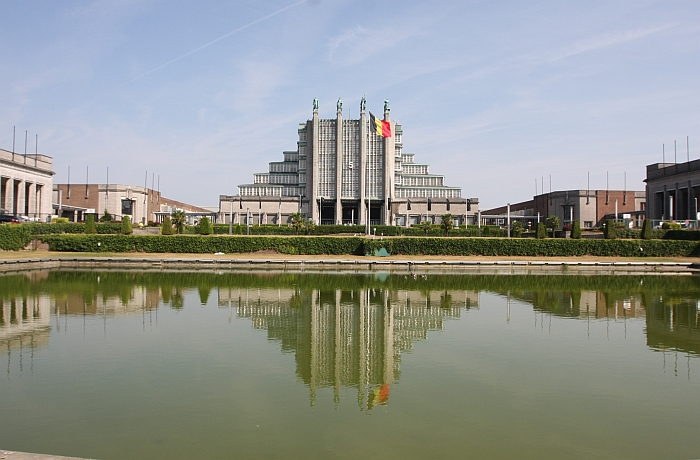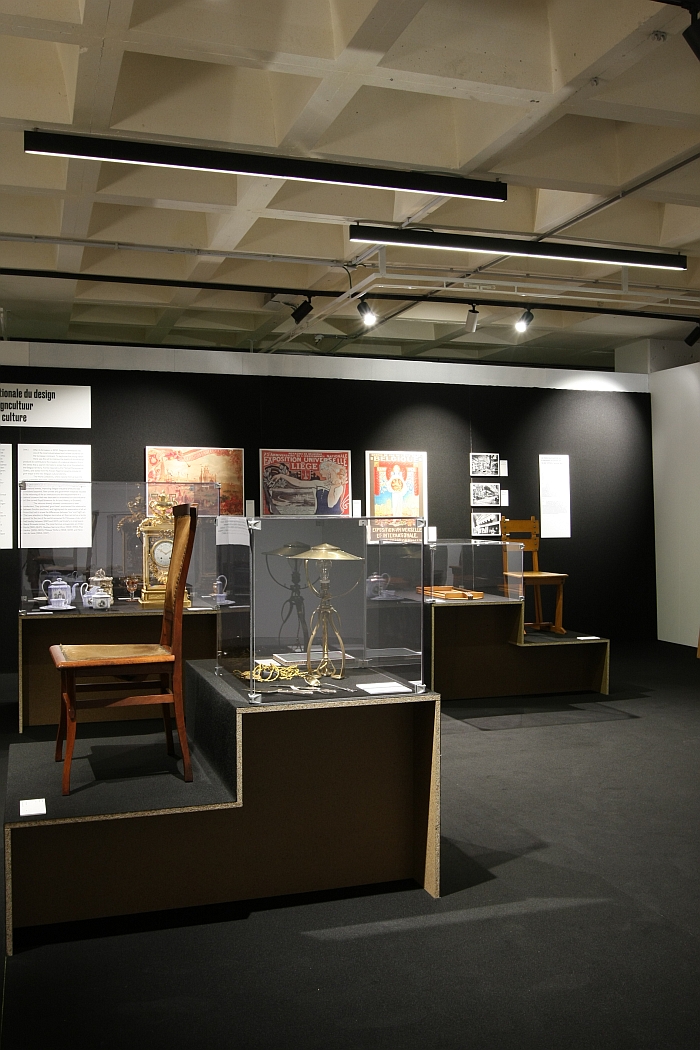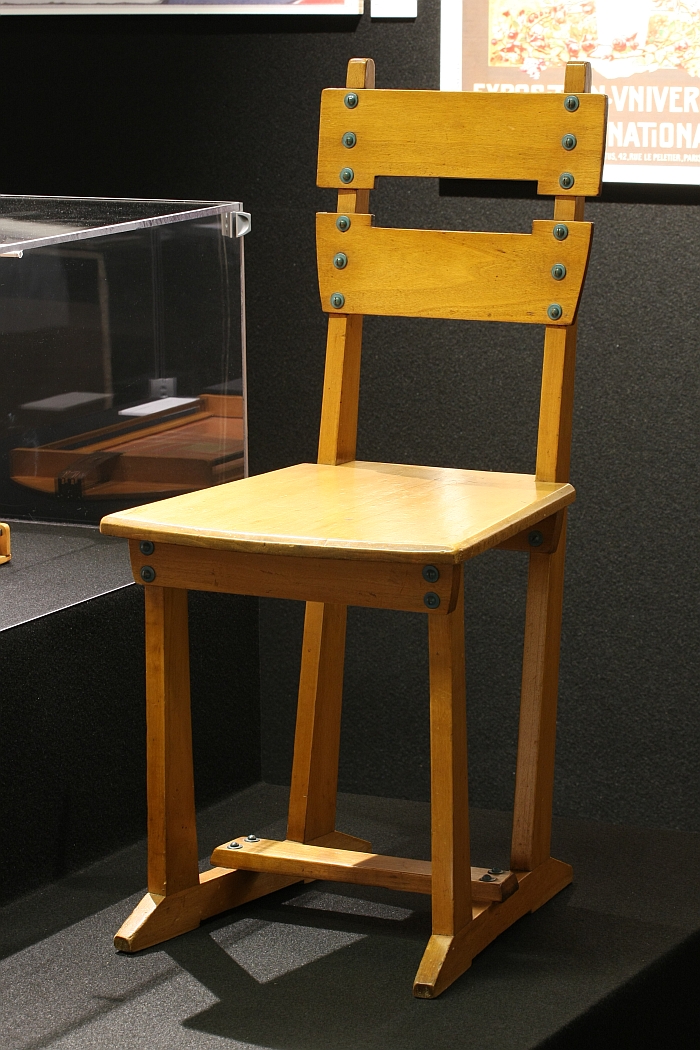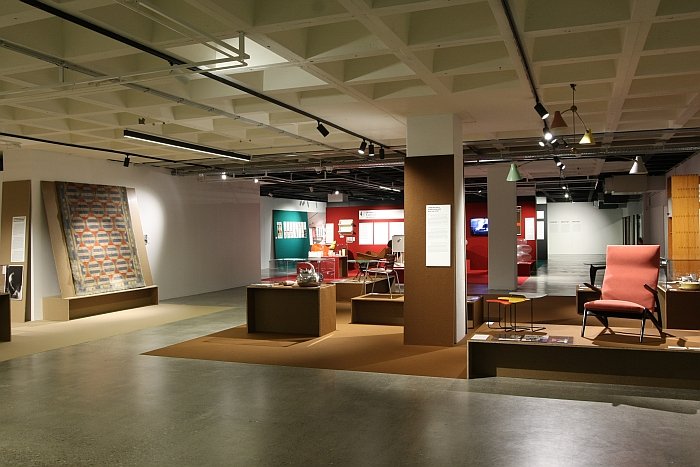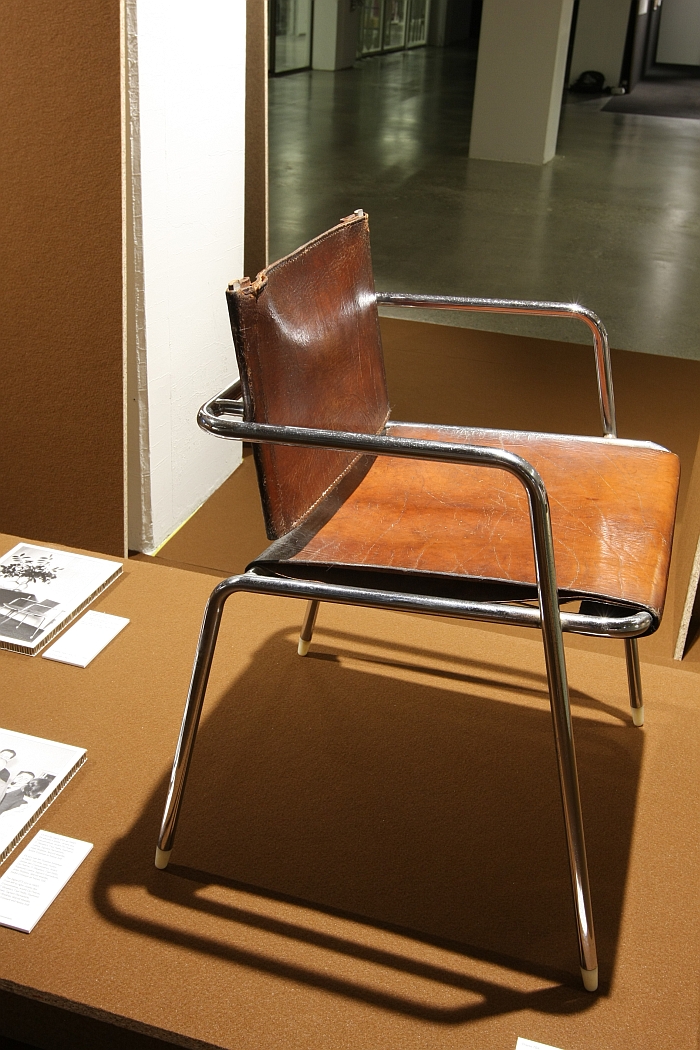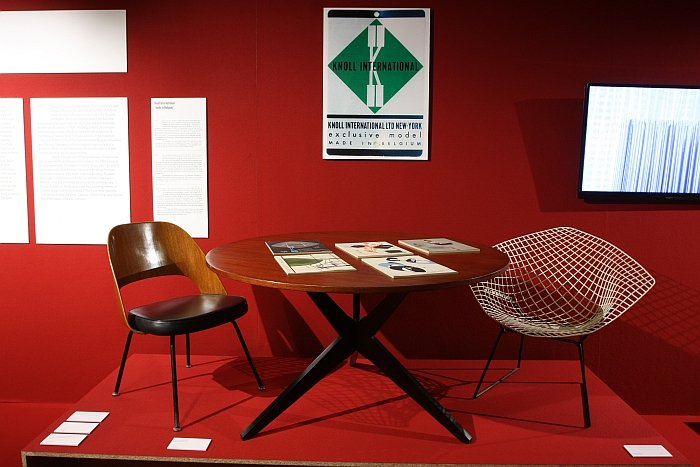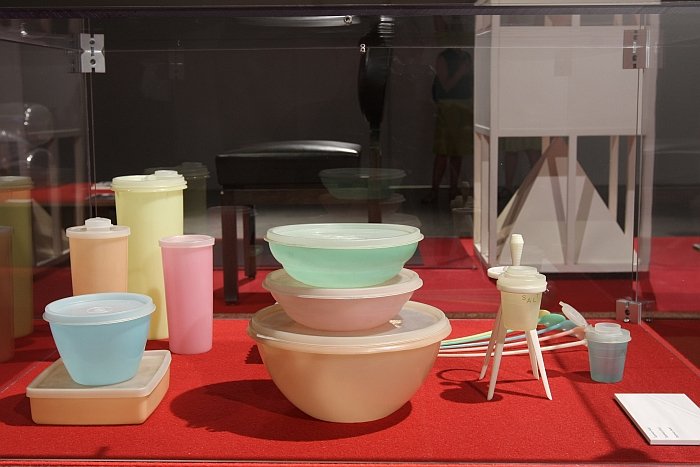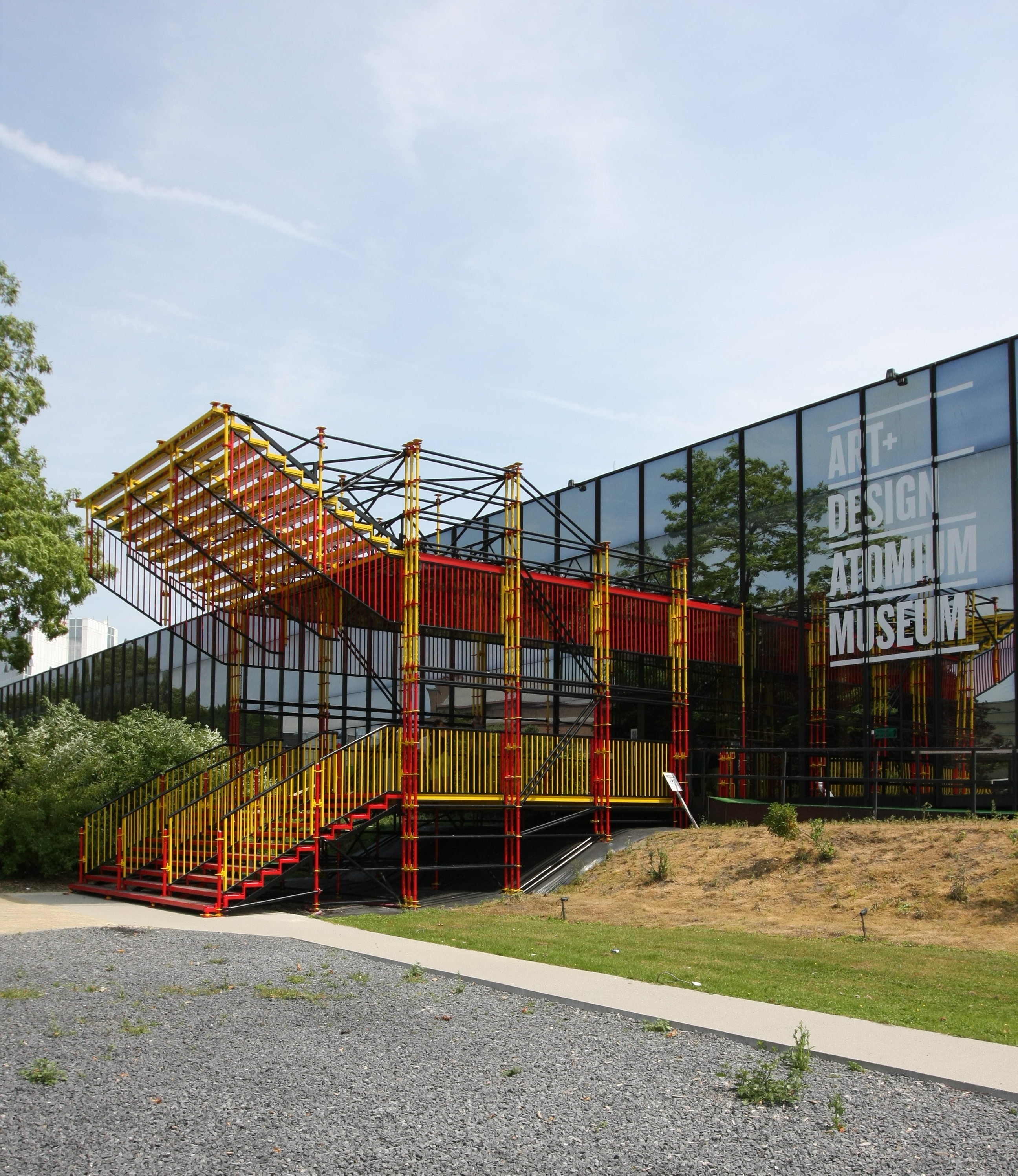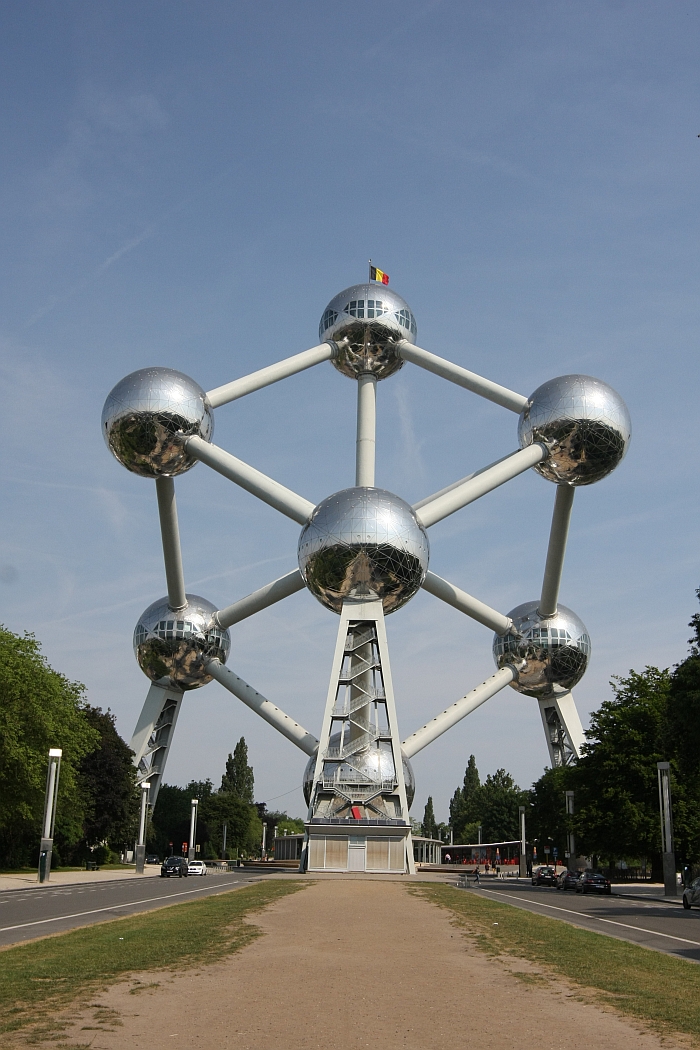With the exhibition Panorama. A History of Modern Design in Belgium, the ADAM, Brussels Design Museum present an exploration of design in Belgium from the 1880s until the 1980s: and in doing so not only explain the development of design in Belgium, but provide for new understandings of that development.
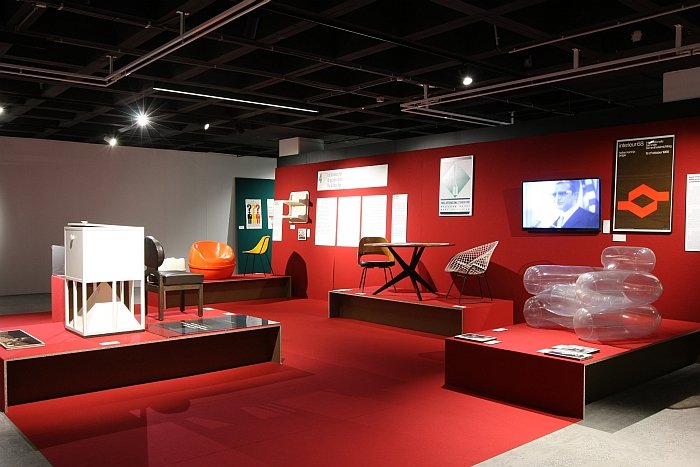
Curated by the design historian Dr Katarina Serulus and design critic Thierry Belenger, Panorama. A History of Modern Design in Belgium opens in the late 19th century and the rise of Belgian Art Nouveau as represented by the likes of Paul Hankar, Gustav Serrurier-Bovy or Henry van de Velde before moving over Art Deco, to more formalist tendencies, both early inter-war functionalist and post-World War rationalist carnations, the latter for all against the necessity of post-War rehousing and refurnishing, before the rise of plastics and new technology starts changing the formal and functional options available to Belgian designers.
With a focus very much on product design, Panorama makes very clear that the development of design in Belgium is very typical for that in Europe generally, and thus neatly underscores that the much vaunted national design, be it Italian, Danish, Belgian, whatever, is, in effect, always, but a branch of the European design tree. Branches with which every passing year become ever more entwined. And thus that when exploring the historical design tradition of a country/region the question is less what was produced and more why was it produced, how seriously was design taken, what prominence was design given, with what role were designers entrusted? Under which economic, social, political and cultural influences did design develop?
Panorama moves towards answers to such questions, and in doing so presents an honest and engaging portrait of Belgian design.
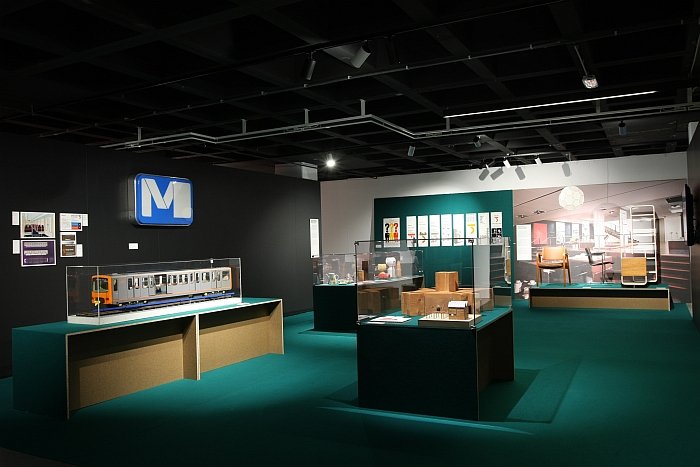
With the rise of groups such as Les Vingts in the 1880s Belgium started to contribute to the fledgling Art Nouveau movement: both on an international level, most notably perhaps by Henry van de Velde through both his projects in Berlin and his tenure as head of the Großherzoglich Sächsischen Kunstgewerbeschule Weimar, and domestically through influence on the likes of Victor Bourgeois, Philippe Wolfers, Marcel-Louis Baugniet and those others who helped shape the direction of pre-World War Two Belgian design.
Whereas however direct lineage is relatively simple to follow, does that influence continue after the war, into future, yet unborn generations and post-War modernist tendencies?
"I would never say there is a stylistic line, that particular stylistic elements can be classed as Belgian design, but I do see lines of similar ideas", answers Dr Katarina Serulus, "for example, in Art Nouveau you find ideas of social furniture, of making affordable, mass producible furniture, the idea changes a little after the war, but is in essence the same. And then you have the Belgian context which is quite interesting and unique."
A delightful bit of, Belgian?, understatement.
More than being quite interesting and unique, the "Belgian context" is arguably the most interesting, unique, and for non-Belgians, utterly perplexing, in Europe. If not the world.
Much as we'd like to dwell on Belgium's domestic geopolitics, and for all its glorious 18 months without a government, we'll focus instead, on one part of the triumvirate, Brussels, where Belgian Art Nouveau was largely at home and a city which has remained one of the main centres of Belgian design.
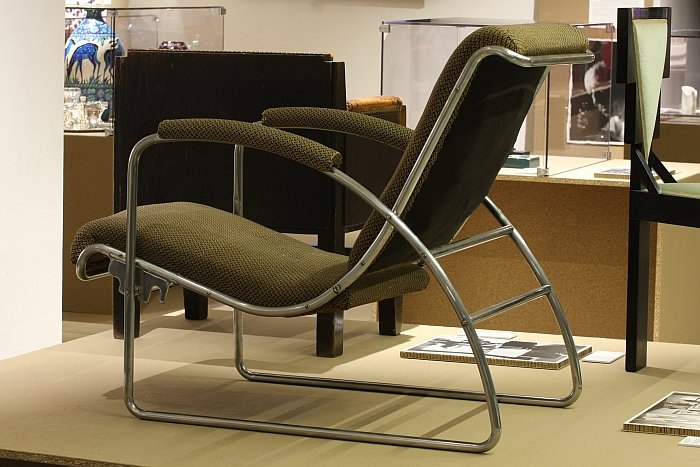
The location of ADAM Brussels is most apposite, sitting as it does between the trade fair grounds built for the 1935 World's Fair and the Atomium, that enduring symbol of the 1958 World's Fair. And although that symbolic has lost some of its shine, the Atomium probably never will. Being as it is built from pure shiny. Whereas the 1935 World's Fair was staged against the tension of the approaching war, the 1958 World's Fair was, as Katarina Serulus comments, staged against the background of a coming together of Europe, for all of Belgium as a leading force behind the creation of the, future, EU, thus in 1958 Belgian manufacturers had an unparalleled global window for presenting their new products, their utilisations of new technology and materials. And made full use of it.
And perhaps more importantly, continued to use their position in the heart of Europe to do so, not least through institutions such as the Brussels Design Centre.
Established in 1964 the Brussels Design Centre was conceived as a platform to promote, sell, contemporary Belgian design through a permanent and changing temporary exhibitions, competitions and promotional tours. And by extarpolation promote, sell, contemporary Belgium. Although the Design Centre's understanding of design extended beyond furniture and consumer goods to include heavy machines and specialist, technical objects, they were very specific about what they promoted, or as Katarina Serulus explains, "the selection criteria was largely based on the modernist legacy, so functional, technical, rational factors. As an institution it was heavily influenced by international movements of the period, for all the ideas of the Ulm school and their interest in electronics and industrial machines, and not just, for example, chairs."
Influence and ideas, which as Panorama helps explain, rubbed of onto the Belgian designers of the day and so found its way into the Belgian design tradition. And then back through the exhibition spaces of the Brussels Design Centre into the global market.
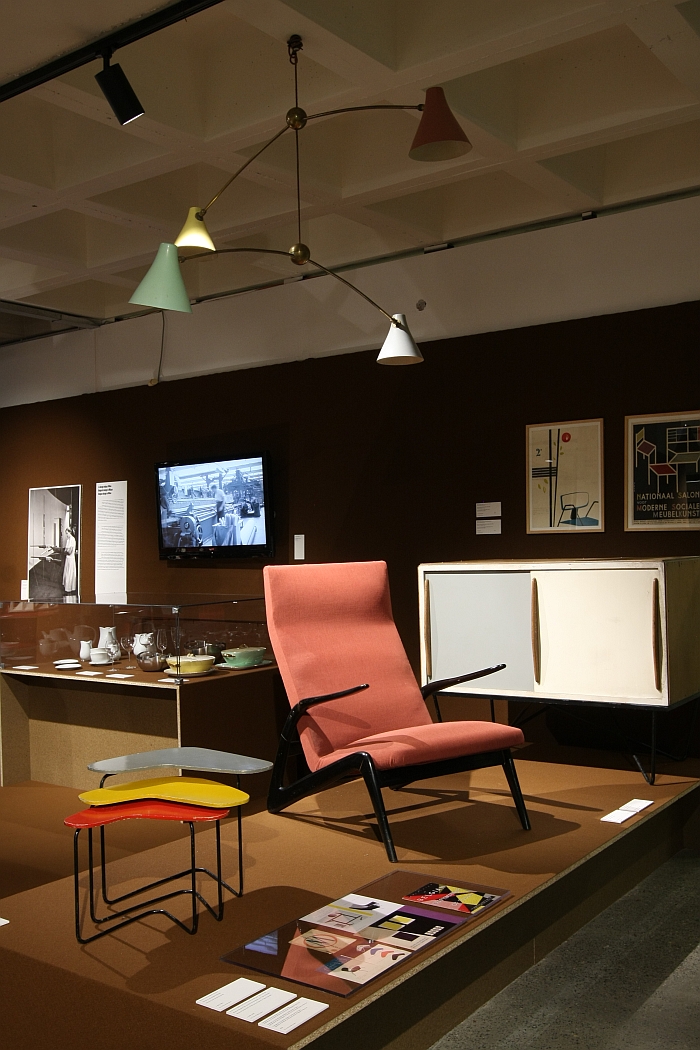
Panorama ends in 1985 with the death of the Brussel Design Centre's Director, and Grand Dame of Belgian design, Josine des Cressonnières, and the subsequent closure of the Brussels Design Centre.
That the exhibition ends in 1985 is also interesting in terms of design in the, now famed, "Belgian context". For while elsewhere post-modernism was expressed as a formal reaction, in Belgium it was a structural dissolution.
Institutions such as the Brussels Design Centre, and events such as the 1958 World's Fair or the Interieur Kortrijk, the biennial furniture fair inaugurted in 1968 and which provided not only a platform for Belgian manufactures, but also introduced foreign brands to Belgian, and thus played an important role in developing a market for contemporary design in Belgium, were largely about serving the whole of the Kingdom. Political reforms, and for all the increasing autonomy of the regions starting in the 1970s and reaching a peak in 1990, changed that, or as Katarina Serulus phrases it, "owing to federalisation it was much more difficult to organise design nationally, rather all the regions started doing their own things, something which only recently ended with the establishment of the label "Belgium is Design""
We're sensing a sequel exhibition covering 1985 to 2012. We're already calling it "Belgium. The Triptych Panorama.
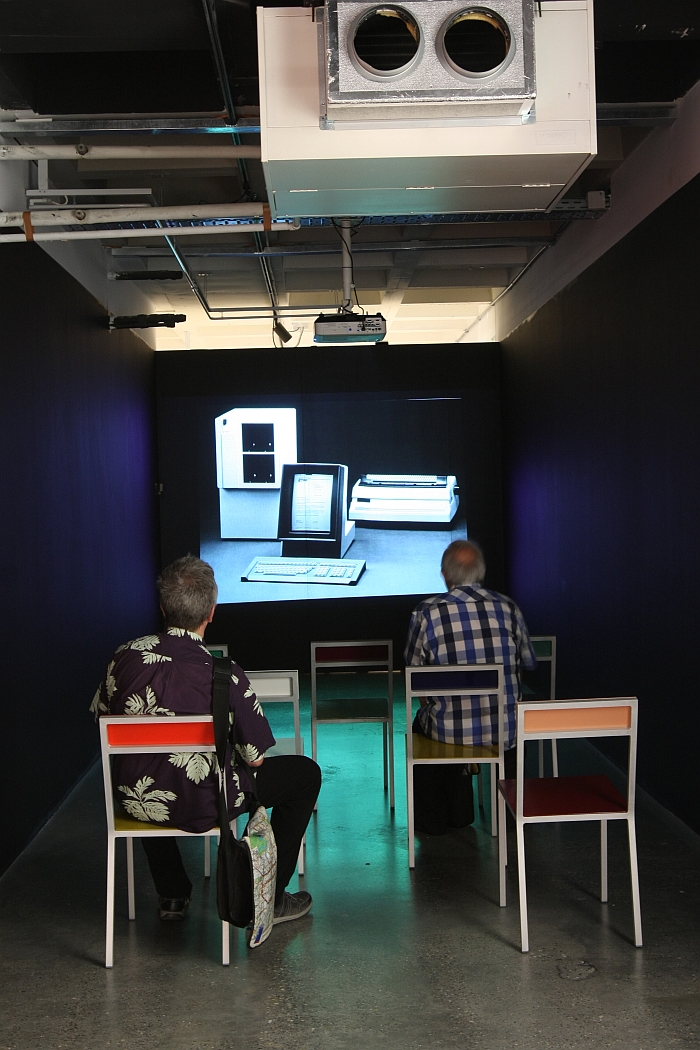
Viewing Panorama one not only becomes better acquainted with the Belgian design tradition, but also with the country's long furniture manufacturing tradition. We've often noted the relatively large number of young, contemporary Belgian brands. Were, to be honest, unaware of the depth of the Belgian tradition. However as Panorama neatly explains,with companies such Meurop, Tubax or Émile Jean Van de Ven, who produced and distributed the Cubex modular kitchen system by Louis-Herman de Koninck, Belgium has a very rich contemporary furniture history. And one which takes the story of Belgian design outwith Brussels and deep into the heart of the "Belgian context".
While the fact that in 1954 Knoll entered a licensing agreement with Belgian manufacturer De Coene is not irrelevant. In the early 1950s Hans and Florence Knoll established a number of partnerships and realised numerous interiors projects in Europe, Knoll International being established in Stuttgart in 1951 to coordinate and oversee the European ventures. Florence and Hans Knoll didn't however work with just anybody, and so the the fact they saw Belgium as not only a good location, but selected a Belgian partner, to help promote and sell their American take on modernist design is very interesting.
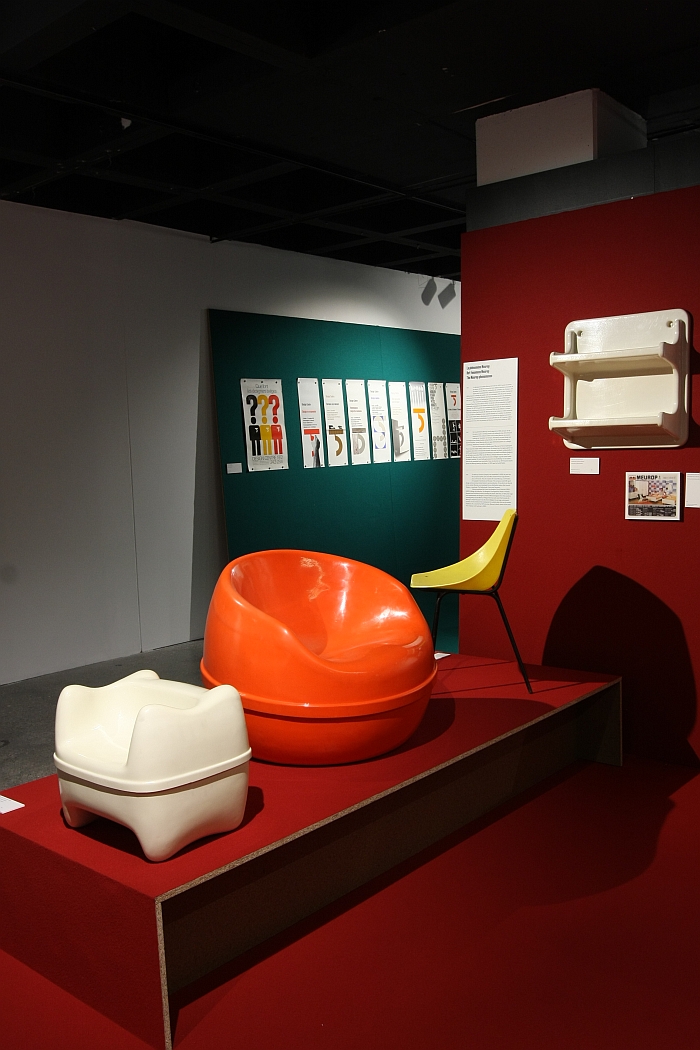
An entertaining, accessible and very nicely paced exhibition Panorama benefits as much as from the intelligent and clearly arranged scenography as it does from the variety inherent in both objects and themes. The plethora of design objects ably supported by documentation, film and photographs which help explain the context while the tri-lingual texts - French, Dutch, English - provide sufficient extra depth without becoming self-involved.
Which all just leaves on question unanswered, having explored the development of Belgian design, where is Belgian design? How healthy is that Belgian branch on the tree of design?
"Recently there has been a rising interest in Belgian design", answers Dr. Katarina Serulus, "people seem to appreciate this Belgitude, this ambivalence, not taking yourself too seriously, not really wanting to define yourself, has become really popular, and people find it in Belgian design. But Belgians are too modest, will rarely say we have good, interesting, important, designers, although we do."
A sentiment with which we can only concur, and designers whose work we regularly feature and can only encourage you all to start exploring.
To better understand the (hi)story of Belgian design and how that (hi)story can be understood in both an international context and a "Belgian context", Panorama. A History of Modern Design in Belgium is an excellent place to start.
Panorama. A History of Modern Design in Belgium runs at ADAM, Brussels Design Museum, Place de Belgique/Belgiëplein 1, 1020 Brussels until Sunday January 7th 2018.
Full details can be found at http://adamuseum.be
